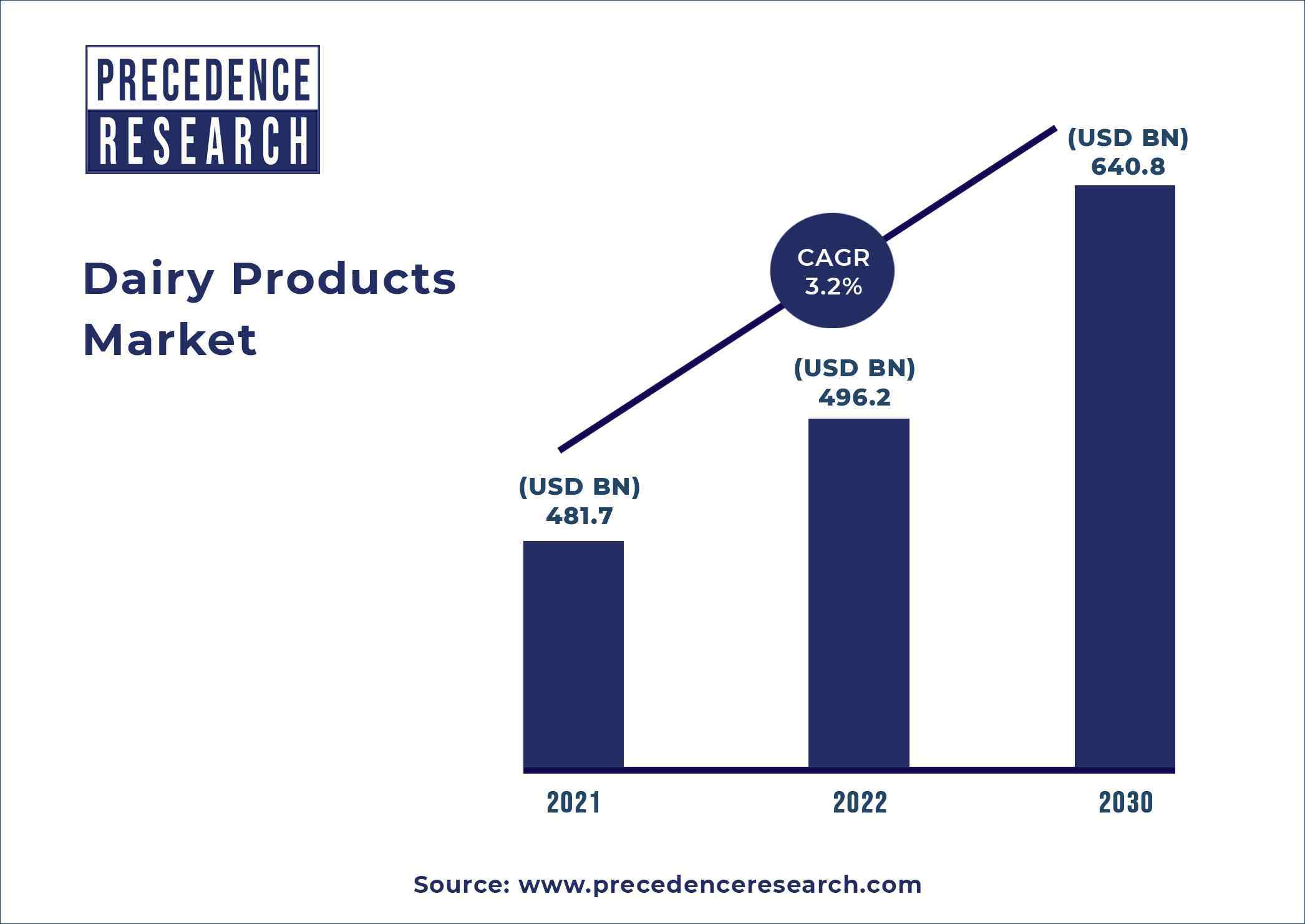Breast Cancer Diagnostics Market to Garner Growth 7.3% by 2030
The global breast cancer diagnostics market size is projected to surpass around US$ 7.1 billion by 2030 from valued at US$ 3.75 billion in 2021, expanding growth at a CAGR of 7.3% from 2022 to 2030.

Breast cancer is one of the most common cancers that affects women all over the world. However, in the early stages of breast cancer, there aren’t often clear symptoms. According to the World Health Organization (WHO), breast cancer will be the most frequent cancer worldwide in 2021, with 2.3 million new cases. As a result, market players in the breast cancer diagnostics market are investing more in artificial intelligence research and development to identify unmet patient demands. The growth of the breast cancer diagnostics market can be attributed to expanding government initiatives to improve cancer diagnosis and screening rates, as well as rising cancer prevalence. The breast cancer diagnoses are projected to grow in popularity due to the rising incidence of the disease. The breast cancer diagnostics market is being driven by a number of patients being admitted to hospitals, an increase in the need for biopsy procedures in breast cancer diagnostics.
Certain screening techniques, such as MRIs and CT scans, can detect breast cancer in its early stages. Once the signs are visible, a diagnostic test is recommended to rule out breast cancer suspects. Breast cancer is diagnosed mostly through biopsy, which involves the removal of a small piece of internal tissue from the patient’s body and examination under a microscope. This diagnostic approach can be carried out using a variety of diagnostic alternatives accessible in the breast cancer diagnostics market, including clinical lab testing, biopsy, and ultrasound techniques.
| Report Scope | Details |
| Market Size in 2021 | USD 481.7 Billion |
| Market Size by 2030 | USD 640.8 Billion |
| Base Year | 2021 |
| Forecast Data | 2022 to 2030 |
| Segmentation | Type, Product, Application, End User, Geography |
Report Highlights
- Based on the technique, the imaging segment dominated the global breast cancer diagnostics market in 2020 with highest market share. Imaging tests are the most commonly used for the initial diagnosis of breast cancer, but they are also the most expensive.
- North America is the largest segment for breast cancer diagnostics market in terms of region. The high frequency and rising incidence of breast cancer in the U.S. and Canada, as well as well-established healthcare facilities, are responsible for the region’s market share domination.
- Asia-Pacific region is the fastest growing region in the breast cancer diagnostics market. The region’s considerable position of the global breast cancer diagnostics market is due to its high per capita healthcare spending, attractive medical reimbursement regulations, and early adoption of complex and sophisticated technologies.
Market Dynamics
Drivers
Rising prevalence of breast cancer
According to American Cancer Society, in women, breast cancer is the second largest cause of mortality from cancer. A woman’s chances of dying from breast cancer are roughly 1 in 39. Breast cancer death rates have remained stable in women under 50 since 2007, but have continued to decline in older women. The death rate decreased by 1% every year from 2013 to 2018. These reductions are thought to be the result of earlier detection of breast cancer through screening and increased awareness, as well as improved treatment options. As a result, rising prevalence of breast cancer is propelling the growth of the breast cancer diagnostics market during the forecast period.
Restraints
Poor economic conditions of developed and developing countries
The breast cancer diagnostics market’s overall expansion is being held back by poor economic conditions. The demand for greater expenses for imaging device installation is thought to be the key challenge limiting the growth of the breast cancer diagnostics market.
Opportunities
Growing women geriatric population
Breast cancer primarily affects women in their 40s and 50s. The average age of a woman diagnosed with breast cancer is 62 years old. This indicates that half of the women diagnosed with breast cancer are under the age of 62. Breast cancer affects a small percentage of women under the age of 45. In the U.S., a woman’s lifetime risk of having breast cancer is roughly 13%. This means 1 out of 8 women gets breast cancer. As a result, growing women geriatric population is creating lucrative opportunities for the growth of the global breast cancer diagnostics market during the forecast period.
Challenges
High cost of diagnostic equipment
The global breast cancer diagnostics market is hampered by a number of fundamental constraints, despite rising demand for technologically advanced imaging systems for the effective management and treatment of breast cancer. One of the major factors impeding the growth of the breast cancer diagnostics market is the higher costs associated with imaging equipment installation and maintenance. Installation and effective maintenance of these systems frequently necessitate complex infrastructure and costs that many medical facilities cannot afford. In developing markets, diagnostic imaging systems are widely used. As a result, the high cost of diagnostic equipment is a major challenge for the growth of the breast cancer diagnostics market over the forecast period.
For more details, ask here@ sales@precedenceresearch.com OR Call: +1 9197 992 333